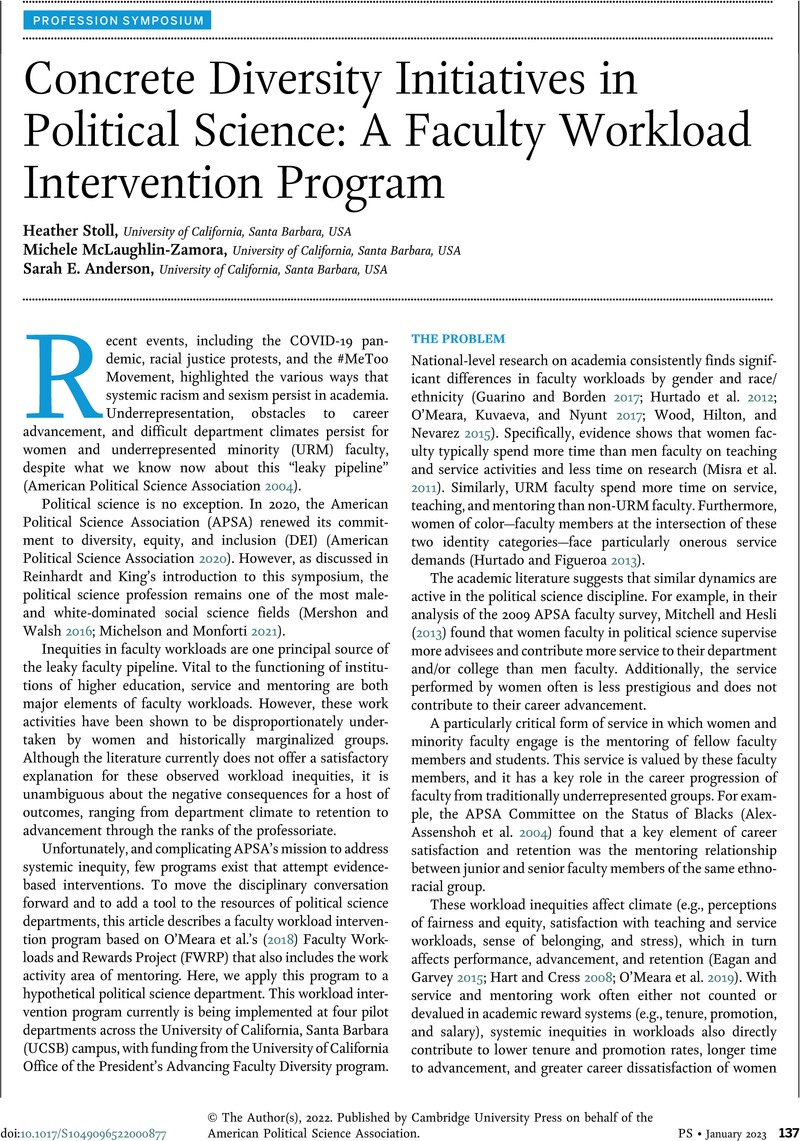Hurtado, Sylvia, and
Figueroa, Tanya.
2013. “Women of Color Faculty in Science, Technology, Engineering, and Mathematics (STEM): Experiences in Academia.” Paper presented at the American Educational Research Association. San Francisco, April.
Google Scholar 